By Craig Boehmer
The following is Part One of a series that will be analyzing how Superman is used in team situations across various media. Part One is an analysis of The JLA by Grant Morrison Omnibus, available wherever you purchase your comics.
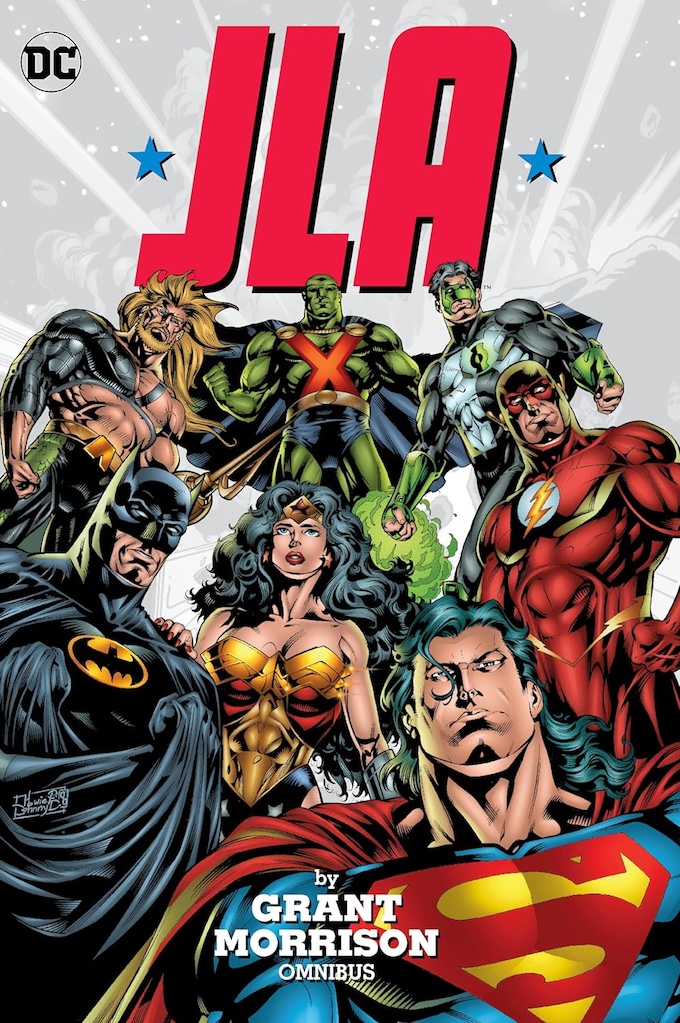
The JLA by Grant Morrison Omnibus
In 1997 DC decided it was time to reinvigorate their Justice League brand in the comics. They brought on Grant Morrison and Howard Porter to create a team highlighting the big seven JLA characters. The team started with Superman, Batman, Wally West’s Flash, Kyle Rayner’s Green Lantern, Wonder Woman, Martian Manhunter, and Aquaman. The art was big and bombastic, and the writing showed their human side, struggling with their interpersonal relationships, as well as their larger than life personas. It is considered one of the greatest Justice League runs of all time. But how does it balance Superman with the rest of the team. While reading the JLA run it is easy to see the love that Morrison has for the character. Superman is typically used to fight the lead threat, if possible, in the arcs. Morrison also allows Superman to perform incredible, otherworldly feats that no one else on the team could accomplish, by virtue of the fact that he is Superman. He also is used as a symbol of hope, inspiring the other heroes, civilians, and villains to be better. However even in this amazing portrayal, there is a propensity for the creative team to degrade Superman by incapacitating him early, or by having him completely absent for the conflict, in order to make the rest of the team seem better. This can feel repetitive while reading it in one sitting, however looking back at it as a whole, Morrison and Porter did a great job of keeping Superman in the League without making the rest of the team feel irrelevant.
While reading the JLA run it is easy to see the love that Morrison has for the character. Superman is typically used to fight the lead threat, if possible, in the arcs. Morrison also allows Superman to perform incredible, otherworldly feats that no one else on the team could accomplish, by virtue of the fact that he is Superman. He also is used as a symbol of hope, inspiring the other heroes, civilians, and villains to do better. However even in this amazing portrayal, there is a propensity for the creative team to degrade Superman by incapacitating him early, or by having him completely absent for the conflict, in order to make the rest of the team seem better.
Morrison and Porter’s JLA run sees the JLA team fight indestructible villains. In the very first arc the earth is invaded by White Martians disguised as a superhero team called the Hyperclan. While Superman is incapacitated early, when he frees himself he has to go head to head with the leader of Hyperclan, Protex. Superman defeats Protex by burrowing to the center of the earth where the fire weakens him. Later in the series a cohort of angels infiltrates earth to bring their former colleague Zauriel to “justice”. While the JLA valiantly holds their own against the horde, it takes Superman’s arrival on earth to turn the tide. This leads to him facing off against the head angel, Asmodel and defeating him in combat. Being able to physically defeat Asmodel, the King-Angel of the Bull Host, one of the Generals of Heaven showcased all of the strength and toughness that Superman possessed. Prior to this the angels had ripped through most of the JLA roster, leaving only Superman able to match and defeat the King-Angel. In “Crisis in 5” former Justice Leaguer Triumph receives his powers again through a fifth dimension imp. Superman becomes the only character able to fight him to and standstill, and while he doesn’t defeat him outright, he comes the closest of all the Leaguers. It also falls on him to fight the invincible Col Eiling in later arcs. There are more examples in the JLA run that show Superman fighting the largest threat, but overall, Morrison placed great emphasis on Superman’s place as the strongest and toughest Leaguer. Superman may not have been able to defeat every villain by himself, but he was routinely shown as being the only one capable of standing up to the villains, or being the last one to fall.
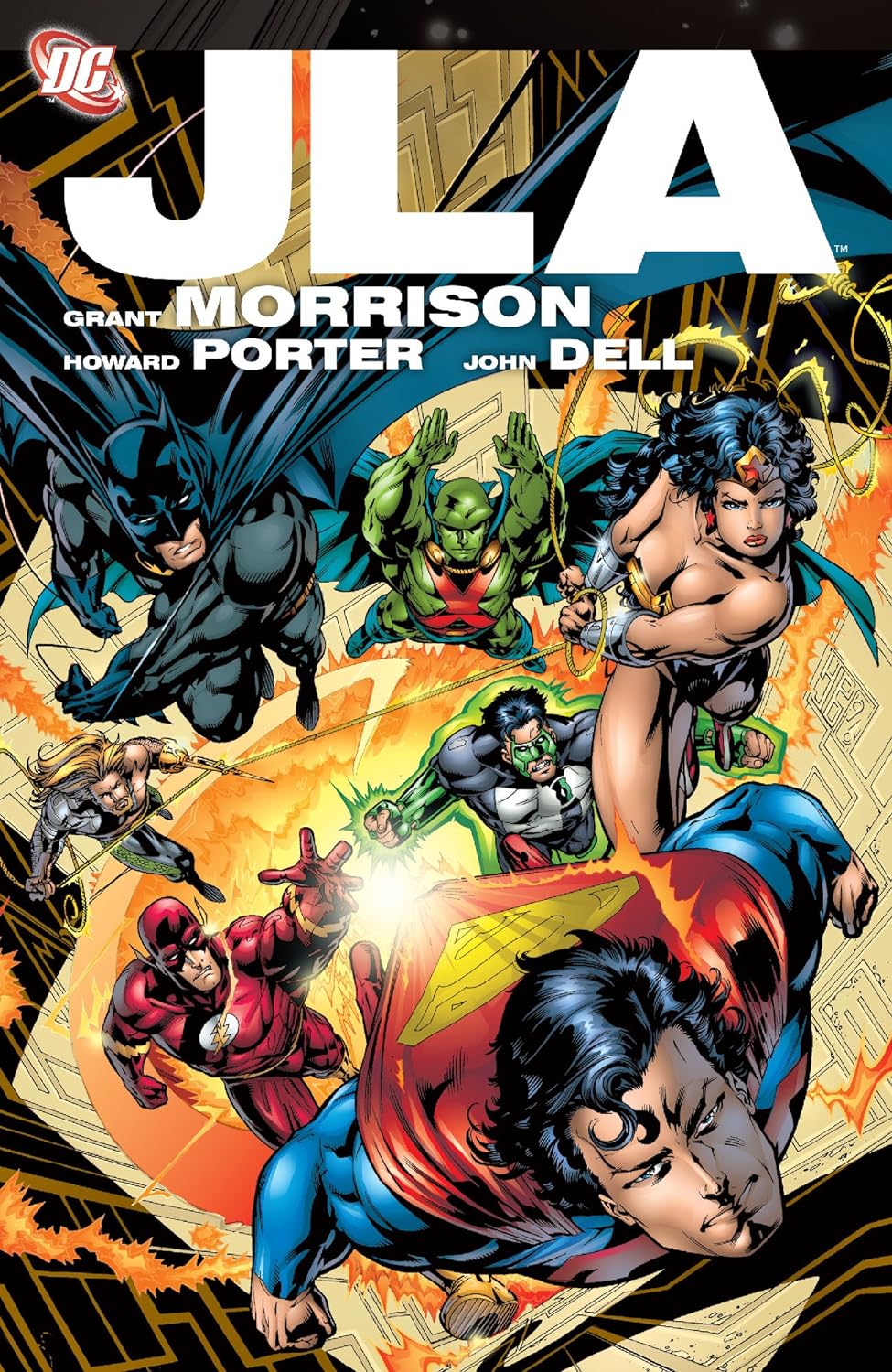
In addition to showing Superman defeat titanic villains, Morrison also allows Superman to perform incredible feats of power. The two primary ones that blew me away were the absorption of the Anti-Sun and holding the moon up. In “World War III” earth is faced with destruction from the villain Mageddon. During the story, Superman is captured by Mageddon, and chained up in despair. The remaining heroes of earth fight a losing battle against Mageddon’s hordes. Mageddon is causing people to embrace their darkest selves, leading to wide scale war around the world, threatening to destroy all life. In a last ditch effort Batman and Martian Manhunter reach into Superman’s mind to help him become free. The plan works and the newly freed Superman races towards Mageddon’s ultimate weapon, Mageddon is pretty much just a massive weapon anyways. Superman discovers that the major weapon is emitting Anti-Sun energy. He absorbs all of the Anti-Sun energy into himself enabling him to depower the weapon and save the world. This moment is epic in scale and works to solidify Superman as the hero of heroes. Earlier in the run, Electric Superman is trapped on the moon while angels are fighting the JLA on earth. As part of the attack, demons attempt to crash the moon into the earth. Electric Superman extends his electro-magnetic powers to surround the moon, and through his own electro-magnetic powers he pulls the moon back into its proper orbit. He moved the moon with his own electric powers! This was the best use of Electric Superman’s new powers in all of comics. It was an incredible moment that set the stage for JLA’s Superman. Hi incredible feats make it very understandable that the people of earth, other heroes, and some villains, would look at as the hero of hope.
Morrison’s run solidified Superman’s role as being a hope bringer to those around him. This was particularly evident in the battle with the Ultramarines, Dreams, Millenium, and in New World Order. In “Ultramarines” the US military develops super powered beings to defeat the JLA. The team is able to ambush and defeat most of the leaguers, and a severely depowered Superman must face down the team. He uses the opportunity to reveal that the team’s commanding officer, Col. Eiling, has been plotting to take down the US government. Most soldiers would not believe an enemy who made a statement such as this, but the fact that it is Superman, a man they each idealized and idolized, telling them of the fall of their leader, compels the team to rethink their priorities and eventually join with the JLA to defeat Eiling. In “Dreams” Starro has conquered the world with only the JLA protected. Alongside Sandman, a small team of JLAers are taken into a dreamscape of rural America. There it is revealed that one person is still holding onto the hope of Superman rescuing them, even while being controlled by Starro. This boy’s hope leads to the JLA being able to overthrow the brain control and free the world from Starro. In the crossover with the Wildcats universe, Superman is initially the point man in attacking the Wildcats. His punch hurls Majestic across the city leading to the battle between the two teams. Yet it is also Superman, who upon returning with Majestic, that announces the peace brokered between the two teams which allows them to work together to solve the problem. In the Millenium storyline, Superman is the key to inspiring thousands of heroes to protect the earth across many millennia. His emergence from the sun in the future prompts massive celebrations and nefarious plots. Early on in the run Wally West confides that he is in awe of Superman, and Superman responds that he isn’t sure he can be the hero that they see him as. This is before he saves the moon and wrestles an angel. And finally, in “New World Order” it is Superman whose pleas empower the civilians to fight back against the massive White Martian invasion fleet. His trust in civilians gives them the faith and confidence to resist the Martians and save the world. Throughout the JLA run, Superman is the key to inspiring people across the world to be better. Morrison tapped into Superman as a symbol of hope in this run, and that hope inspires heroes, civilians, and villains to perform miraculous feats. It is this emphasis on Superman’s ability to instill hope in others that will fill Superman fans with great joy during this run.
As much as Morrison got Superman right, reading JLA back-to-back it is easy to see a negative pattern develop for his usage in the series. For example two negative aspects of his handling were the tropes of incapacitating Superman early, or just have him absent from the story. Both theoretically could have been used to showcase other members of the league, but often felt like they were there only for the benefit of Batman.
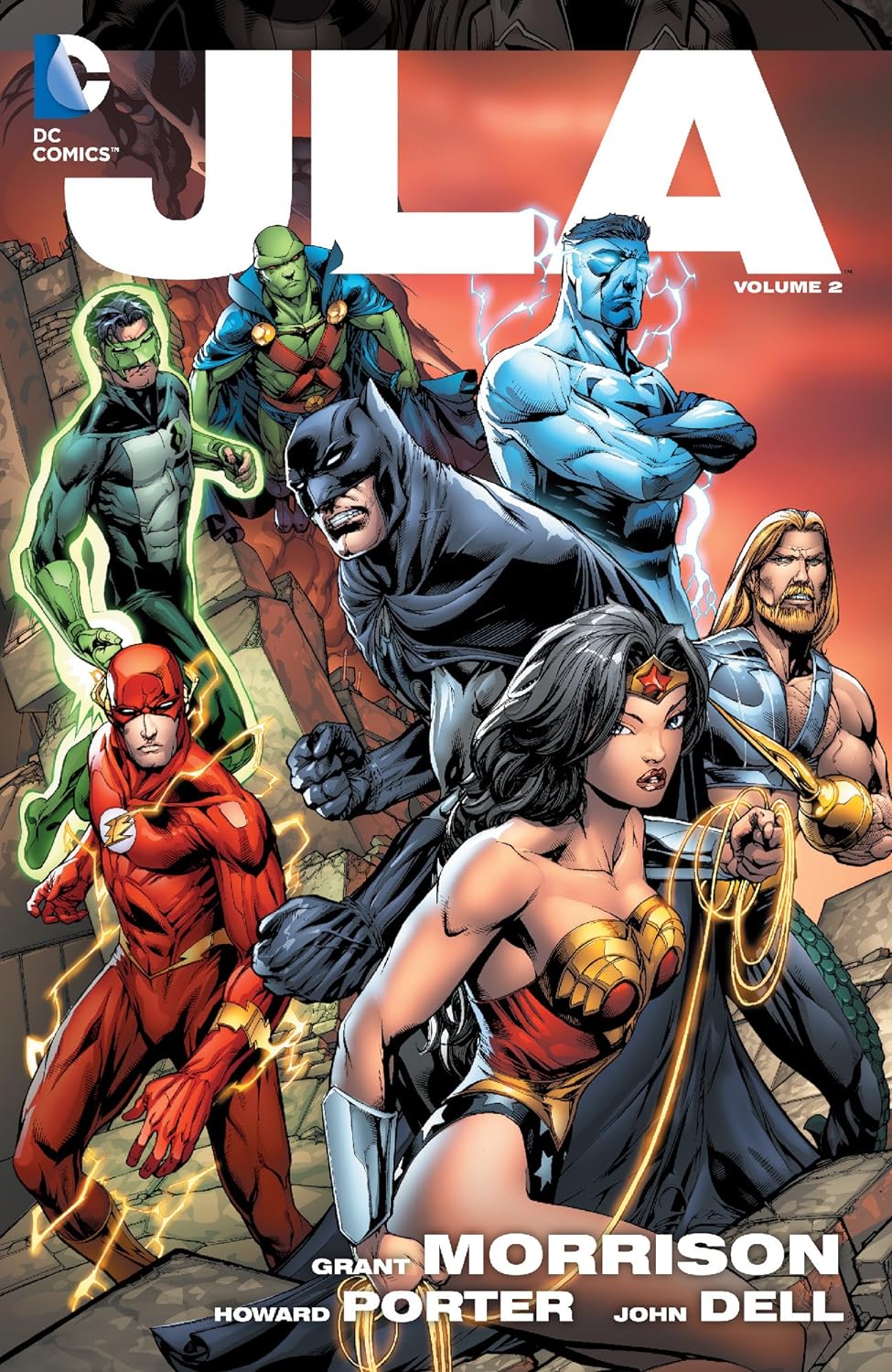
Superman is often incapacitated in some way early on in stories to allow for the threat to be established. In “New World Order” he is made to believe that he is being poisoned by Kryptonite for a few issues before coming out of it to defeat the leader of the invaders. I had a real problem with this one because having Superman and the rest of the JLA being incapacitated felt like a narrative device to show how cool Batman is. For those who aren’t familiar with the story, the JLA members are taken down by various White Martian invaders posing as heroes. Batman’s plane is shot down just outside of the White Martian base, but Protex doesn’t believe he is worth worrying about. Batman then breaks into the base and begins stalking members of the Hyper Clan. Superman remarks to Protex that Batman is the most dangerous man on the planet. It is one of Morrisson’s first stories that makes Batman out to be a Batgod, which really turns me off of the character. This Batman love affair continues in “Star-Seed: The Secret Origin of the JLA.” In this arc Superman offers to give up his powers to support Batman in attacking the main villain. Superman and the JLA members make this decision because of the mind control powers of Starro, the primary antagonist. The Specter warns the team that if Superman or any other member of the JLA were to be controlled by Starro, they would destroy the world. The answer to this was for Superman and the JLA to remove their powers and then support Batman in his effort to take down the mind controlling villain. It makes sense in story, and it is fun to see the JLA without powers, but it continues the pattern of degrading Superman to make Batman seem better and more relevant in the JLA. “Crisis in Five” is the most egregious of the three for incapacitating Superman early on. During a tense moment in the conflict, Captain Marvel (Shazam) knocks Superman unconscious with one blow. Superman then spends two or three issues knocked out before coming to, to fight Triumph. The man who would wrestle angels, fights Darkseid, and downed Doomsday…knocked out for multiple issues from a single punch by Captain Marvel, I almost threw the book across the room. This trope of incapacitating Supes early happens often enough to leave a bad taste in the reader’s mouth. These are just a few examples of Superman being incapacitated in the stories to make way for other heroes.
If not incapacitated, Superman is often absent from the main conflict of the arcs. In “Rock of Ages” the primary conflict sees Flash, Green Lantern, and Aquaman travel into the future. While there they learn that Superman became so depressed after Lois’ death that he committed suicide rather than fight back against Darkseid, so he is not present for the final battle. The battle has many other future versions of the JLA members including Batman, who defeated Desaad and is ready to destroy Darkseid. Having Superman not present due to his suicide, that’s how I interpreted it at least, seemed to be a major betrayal of his character akin to him becoming the murderous beast in Injustice. So much of the rest of the run establishes that Superman has an unconquerable spirit, able to perform miraculous feats for the people of earth. I know suicide is an incredibly sensitive topic, it just didn’t ring true for the character that Morrison and Porter had established up to this point. I firmly believe that if Superman were faced with the murder of Lois Lane, he would act to pursue justice as portrayed in Action Comics #795. The single issue arc, “Ant and the Avalanche” has Superman absent for the entire prison riot, only to show up at the end to quell the riot and investigate why it happened. During Prometheus’ first attack on the Watchtower, Superman never actually has an opportunity to fight Prometheus. Instead he is mostly off panel keeping the media guests safe while Prometheus beats up the rest of the JLA. Nothing would have made me happier then for Superman to crush Prometheus during his assault. A final example of Superman being absent is found in “Heaven on Earth.” During this arc he is trapped on the moon, and must stop the moon from plummeting into the earth while an angelic horde attacks the JLA on earth. Only when that problem is addressed can he return to earth and defeat the commanding angel in hand to hand combat.
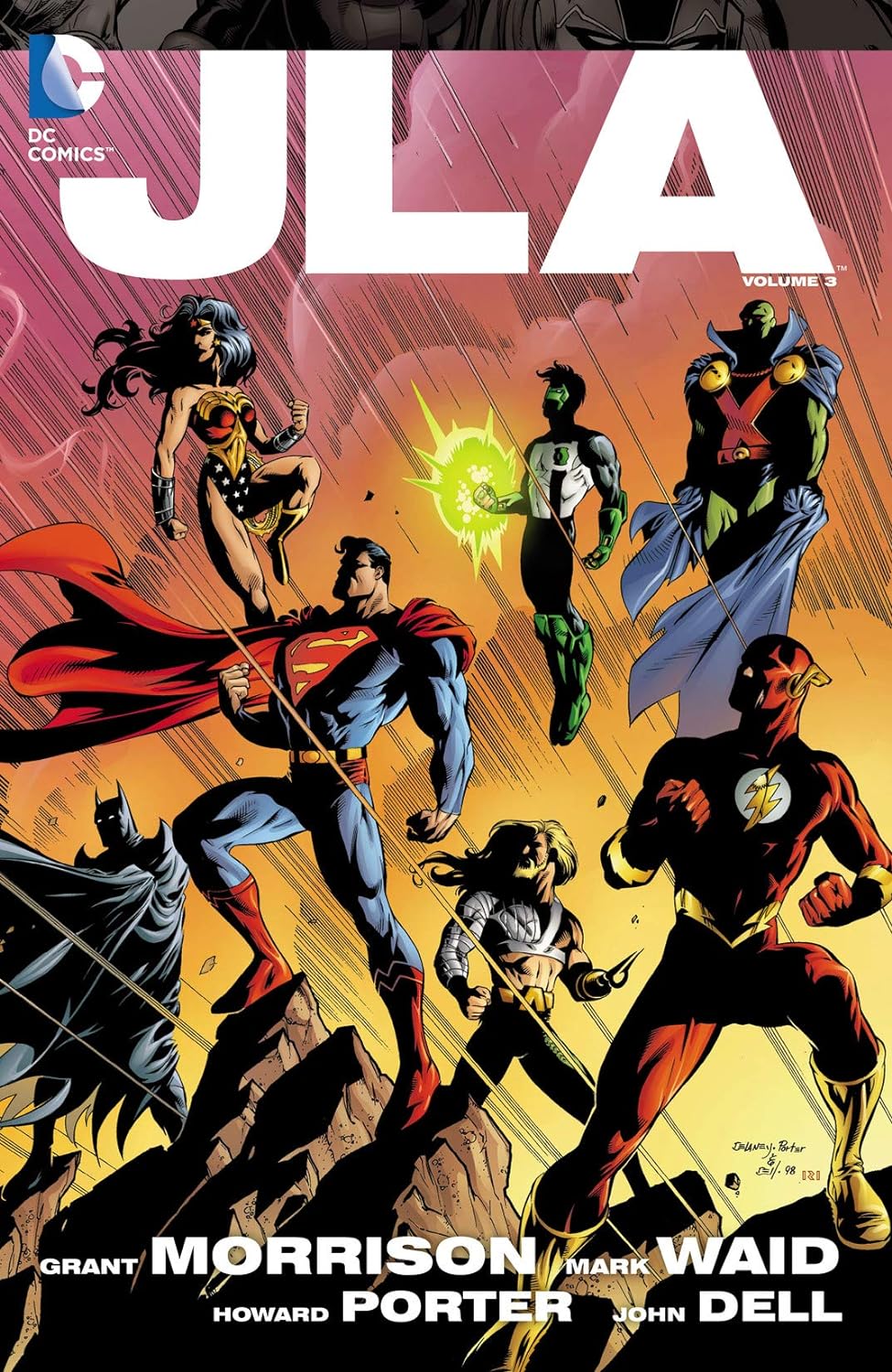
Overall Morrison and Porter’s JLA run shows the limitations of using Superman in a team book, and the some of the successes that are possible. The creative teams’ use of Superman to fight the largest physical threat, or to perform a miraculous feat of strength and power, and his status as a beacon of hope marks this as one of the better team books featuring Superman. However, it doesn’t always strike the right balance between Superman and the rest of the team, as seen by its habit of debasing Superman through incapacitating him early or by having him absent from the conflict, to better showcase the rest of the team. The run does get enough right to deserve its legendary status as an iconic JLA run, even for Superman fans.


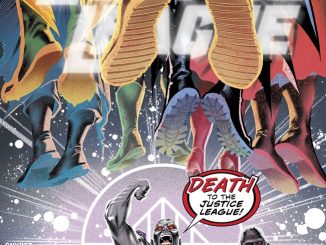
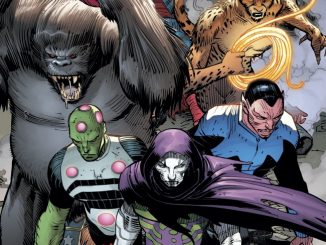
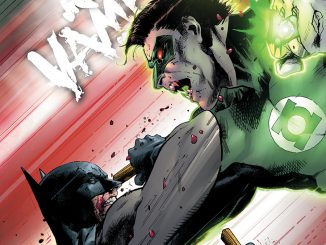
Sound interesting